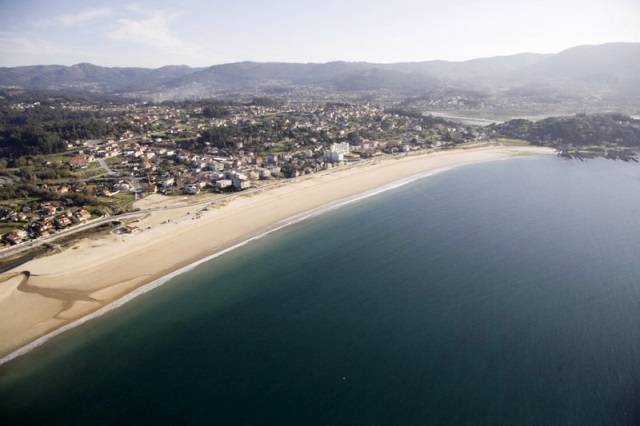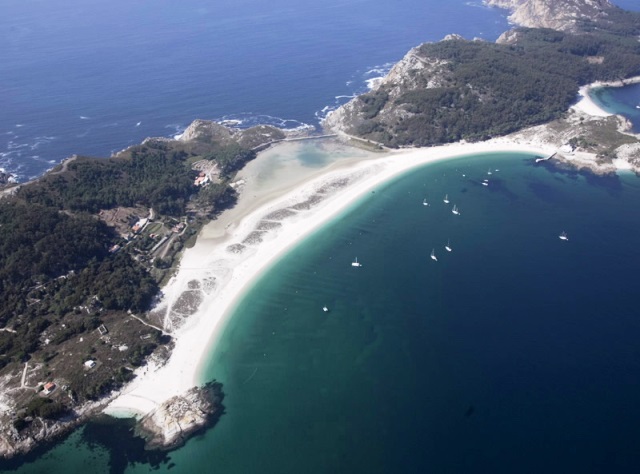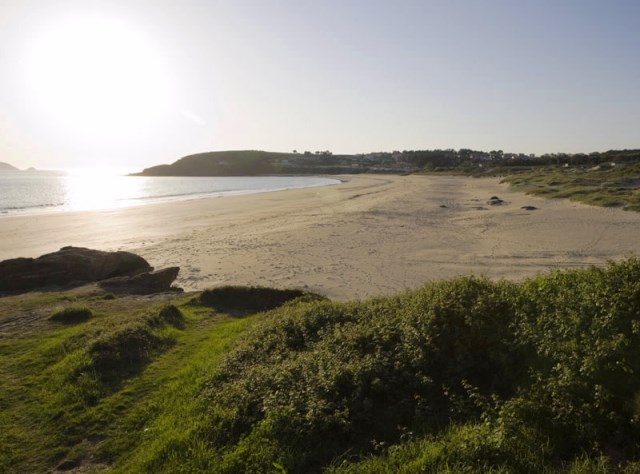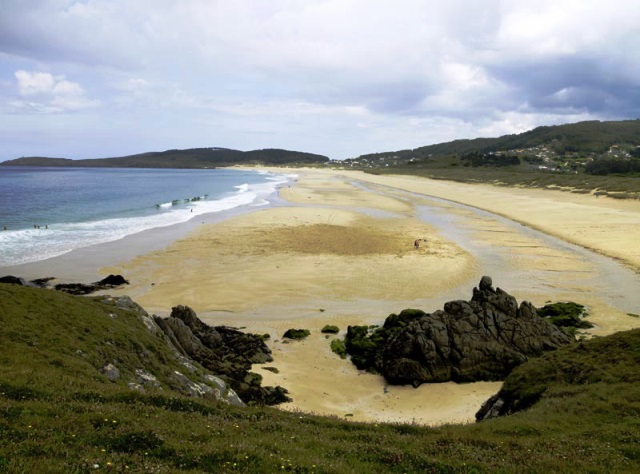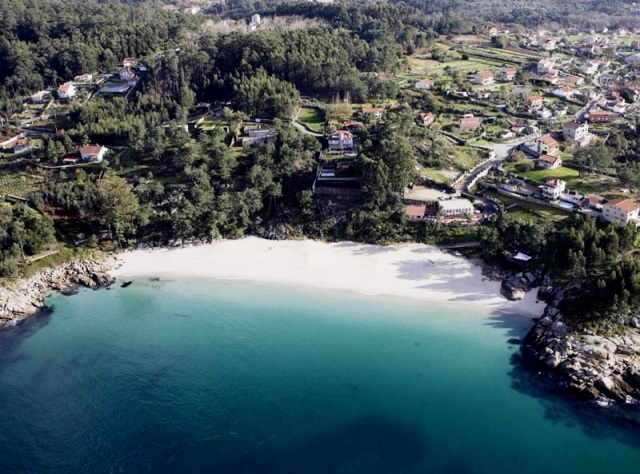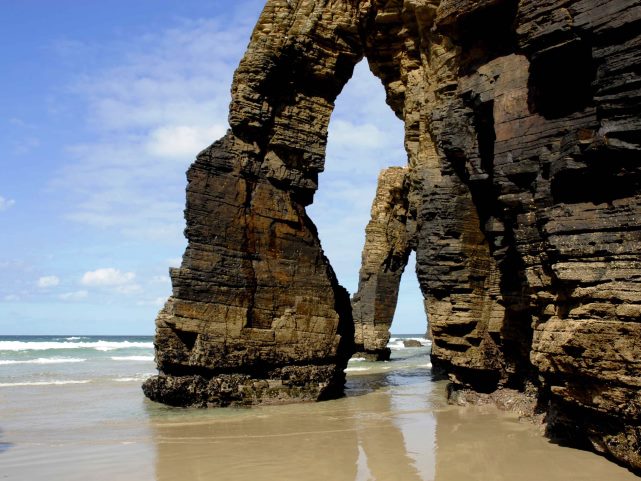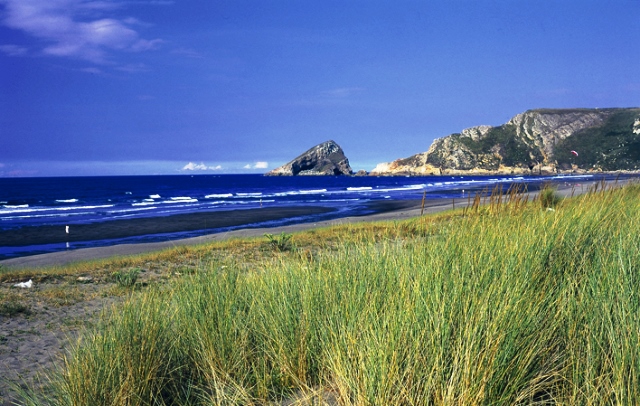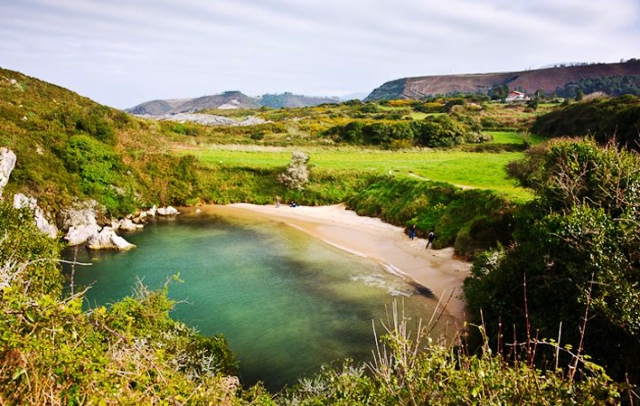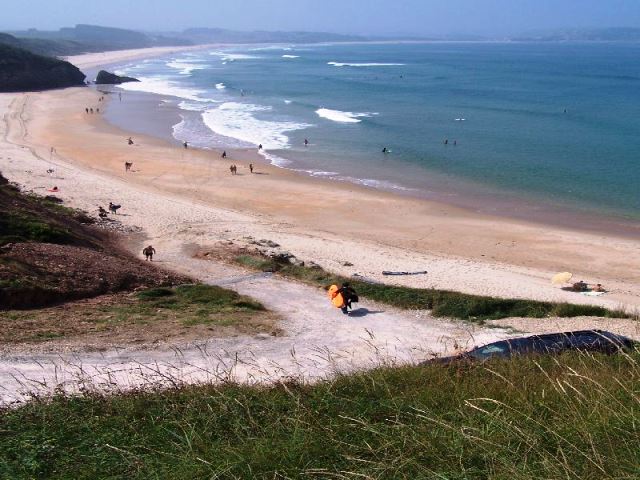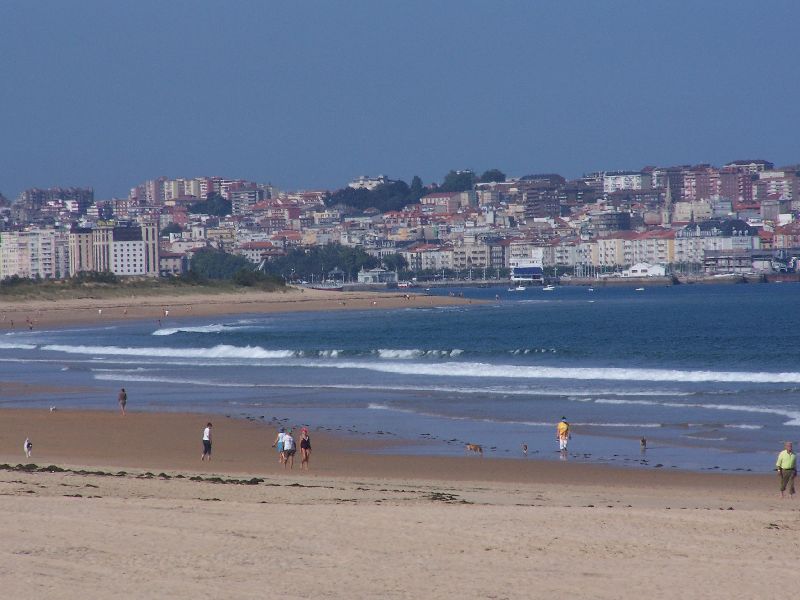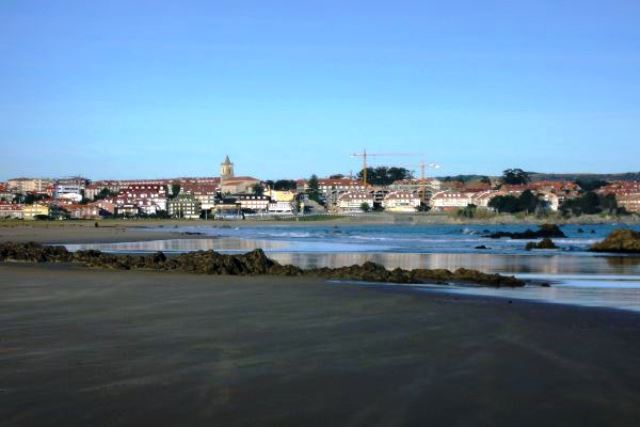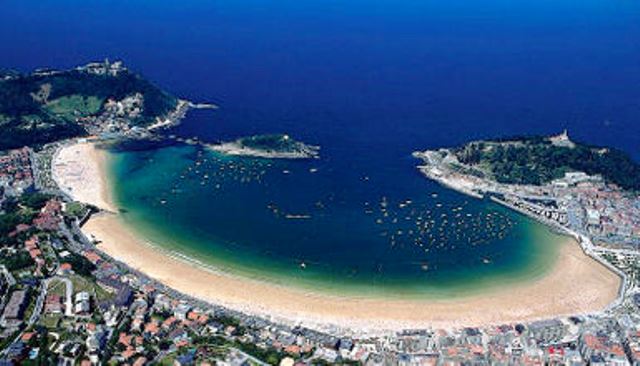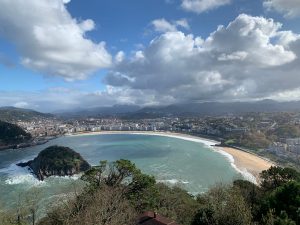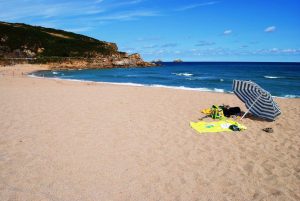
Authentic Bilbao tapas tour
Great value for money for this pintxos tour in Bilbao. Don’t miss this opportunity to discover and enjoy Basque culinary culture in Bilbao in its most popular version: pintxos. Drinking chatos (small glasses of wine) and eating pintxos (tapas pierced with a cocktail stick) with a knowledgeable and passionate guide. The itinerary includes some of Bilbao´s top highlights and you will stop at different bars that specialize in different pintxos. Lots of fun and lots of food! … Read More

